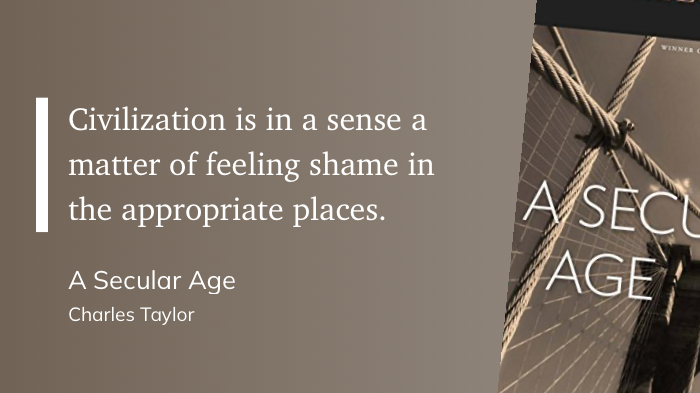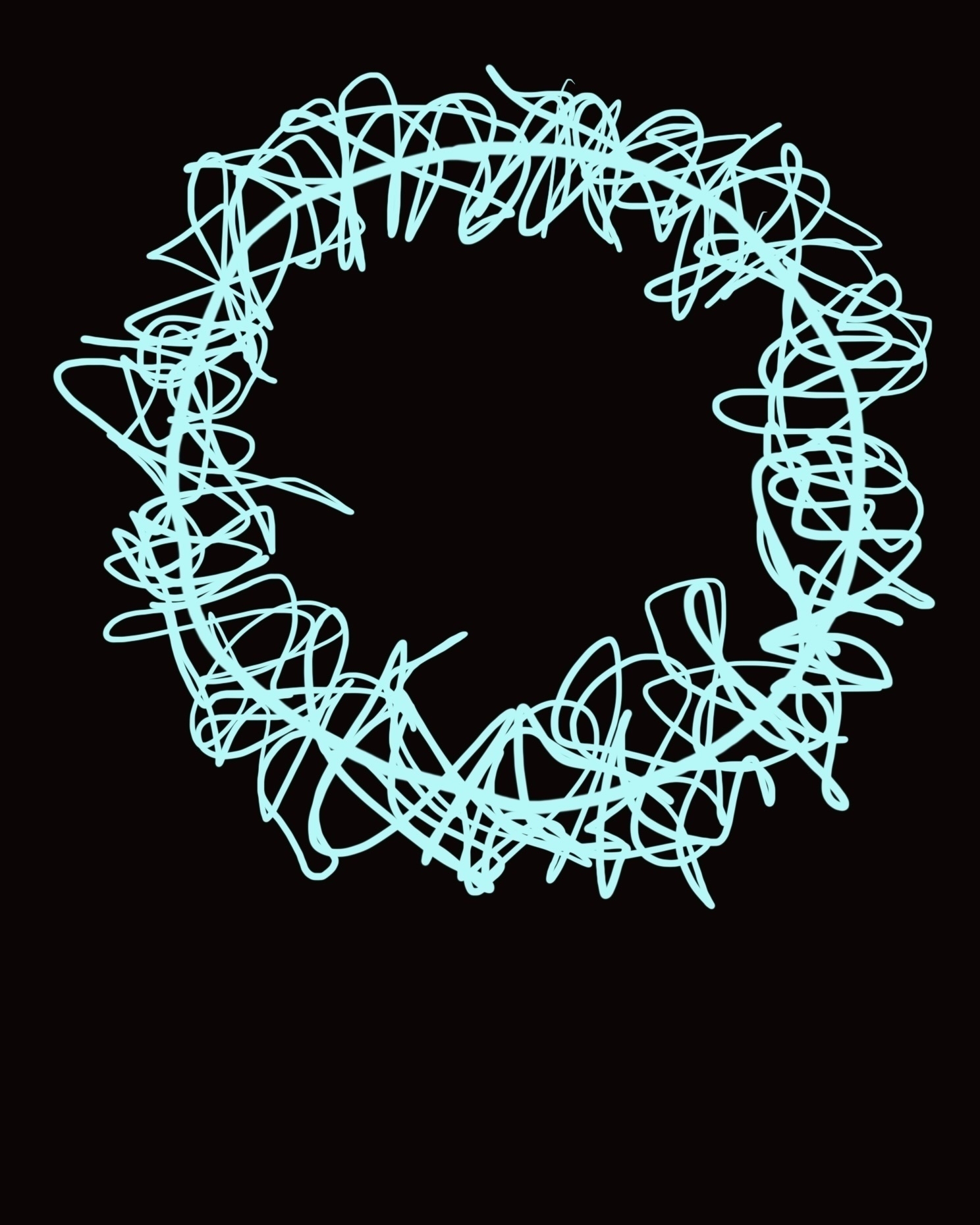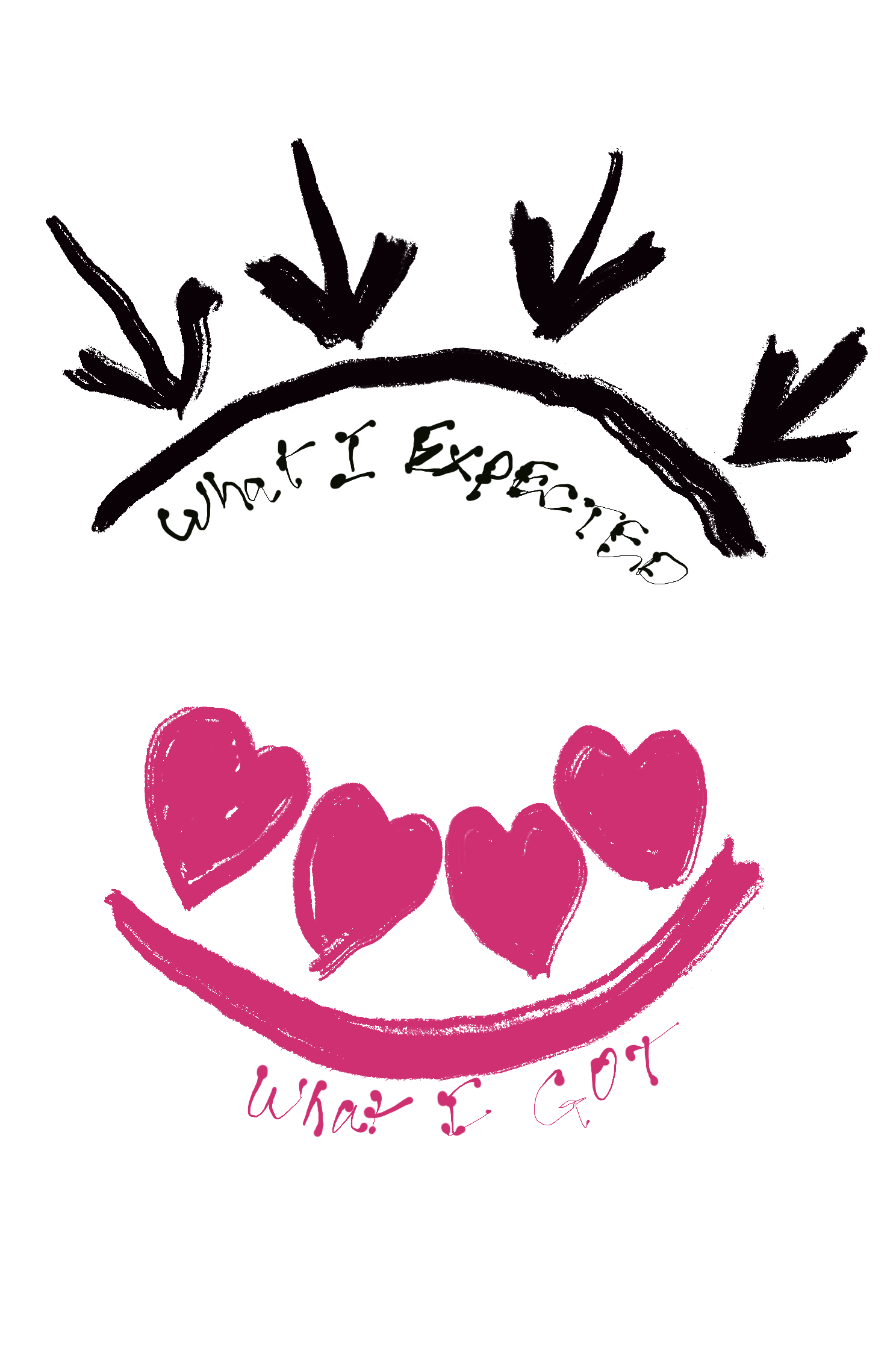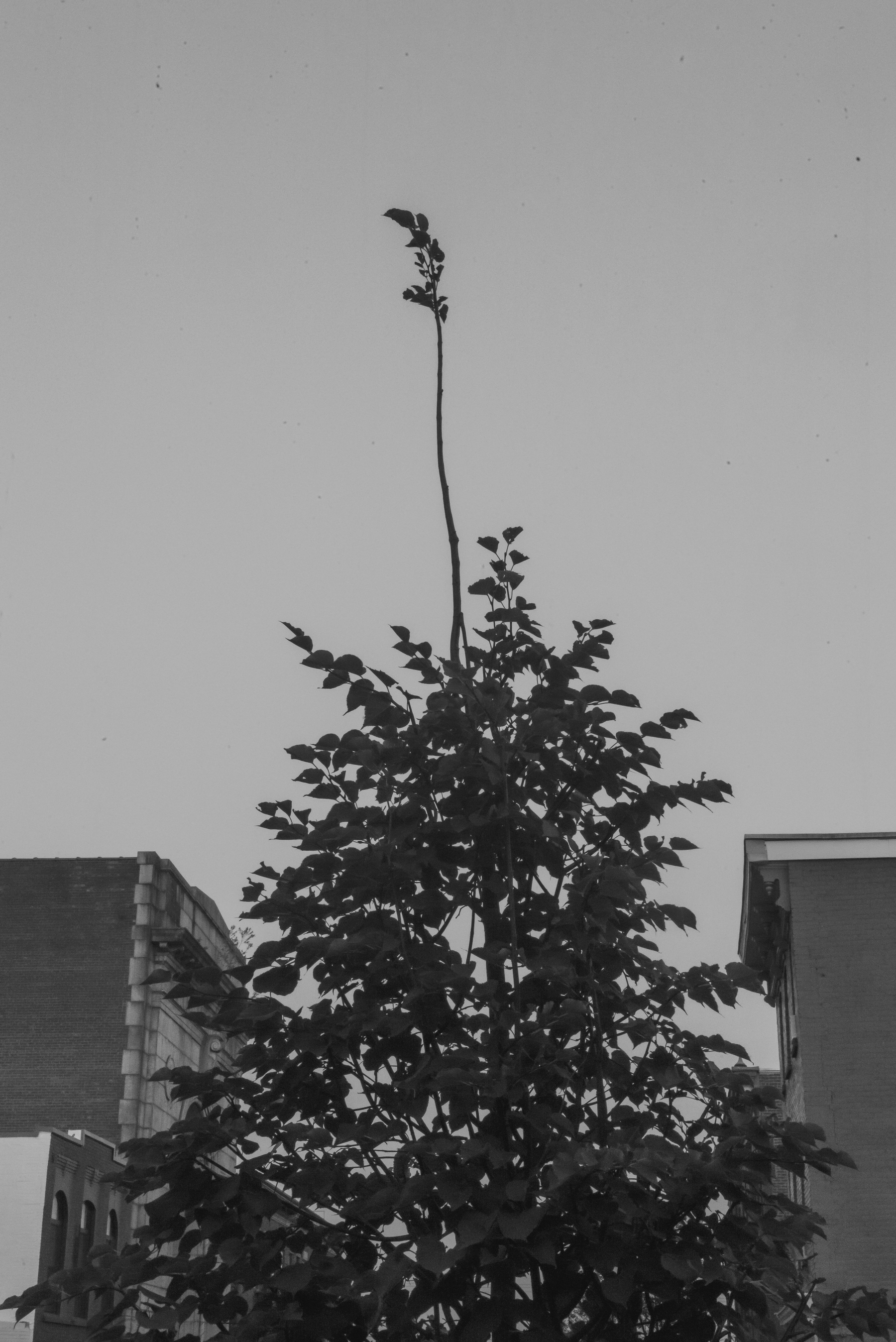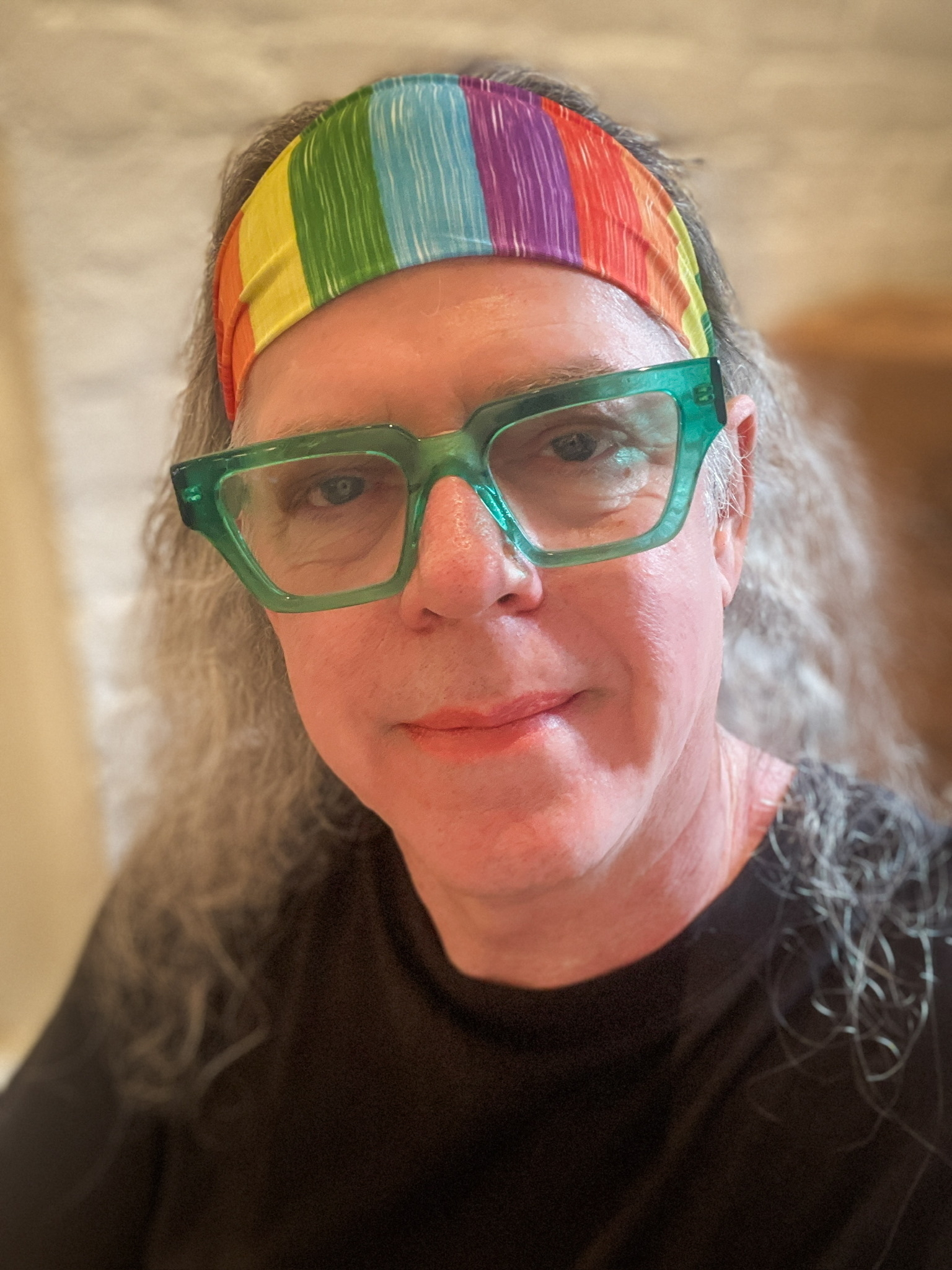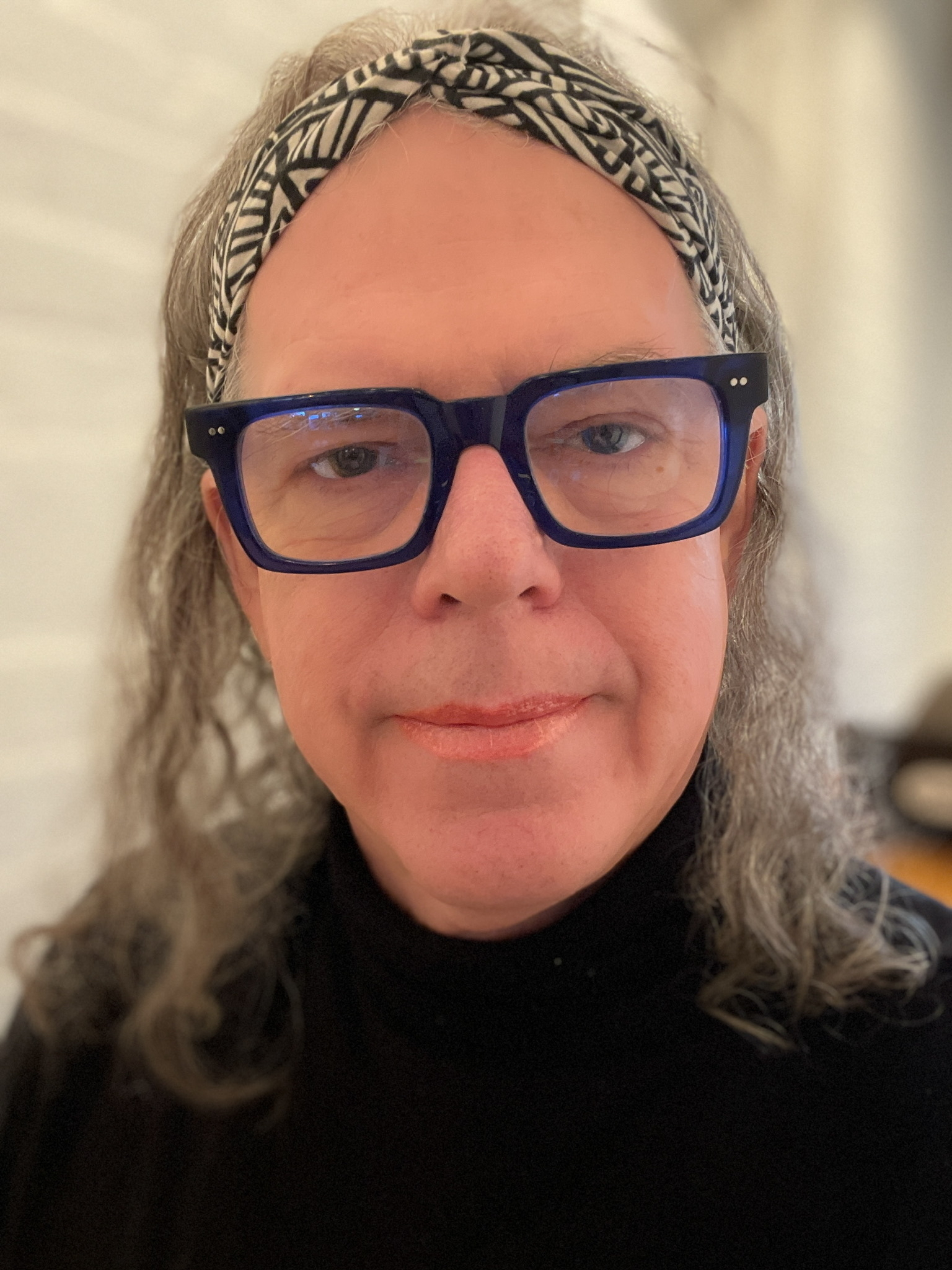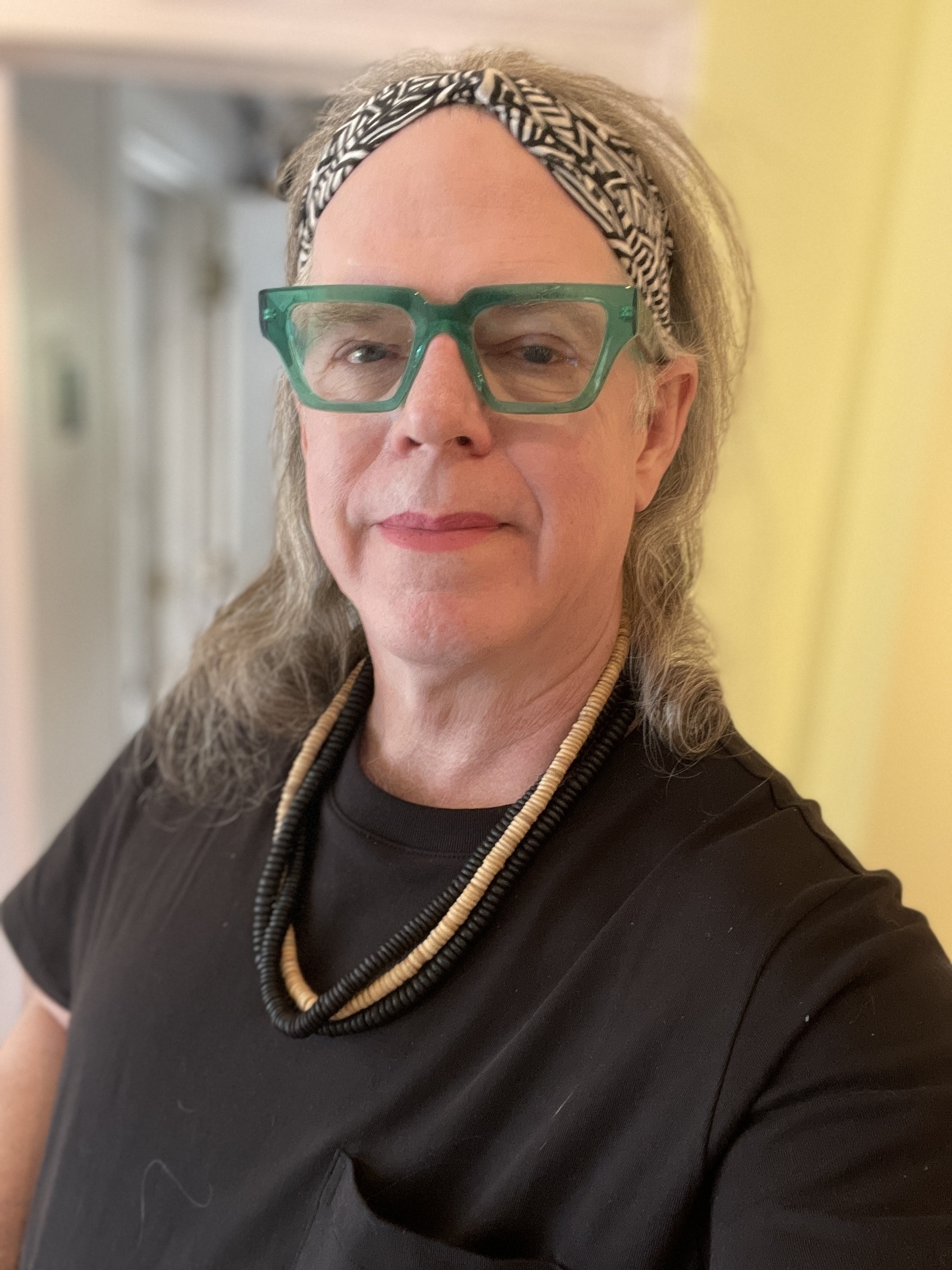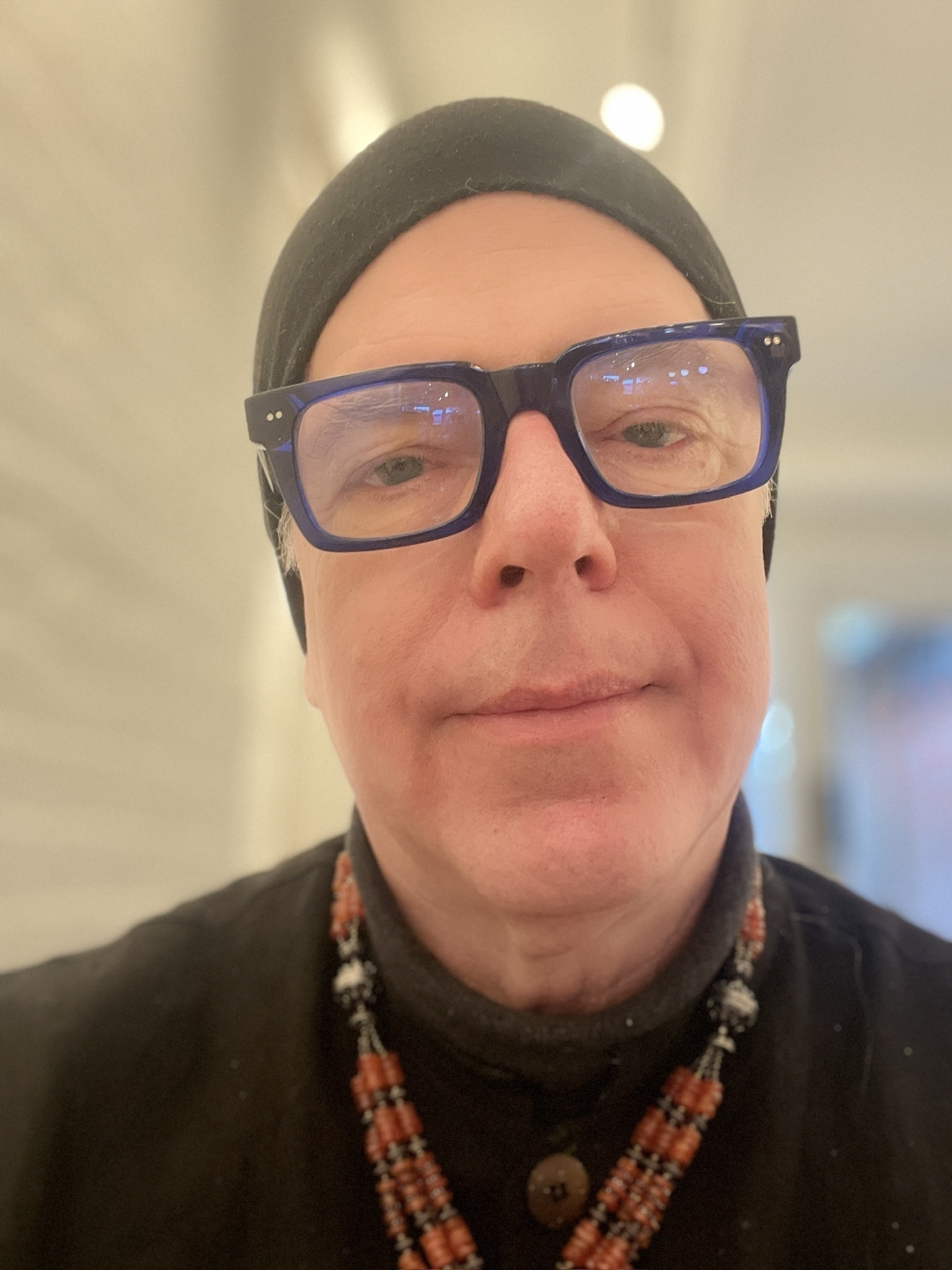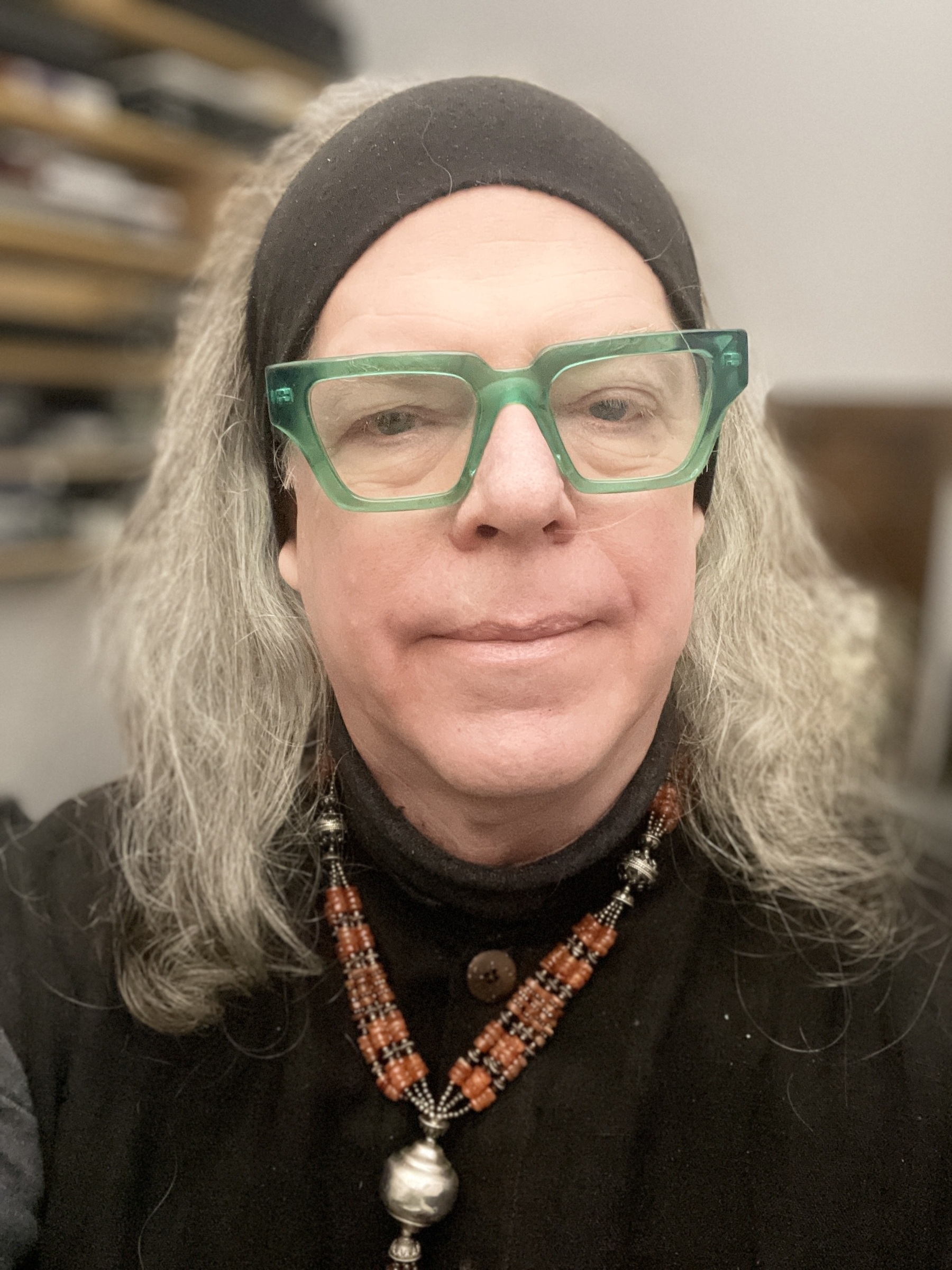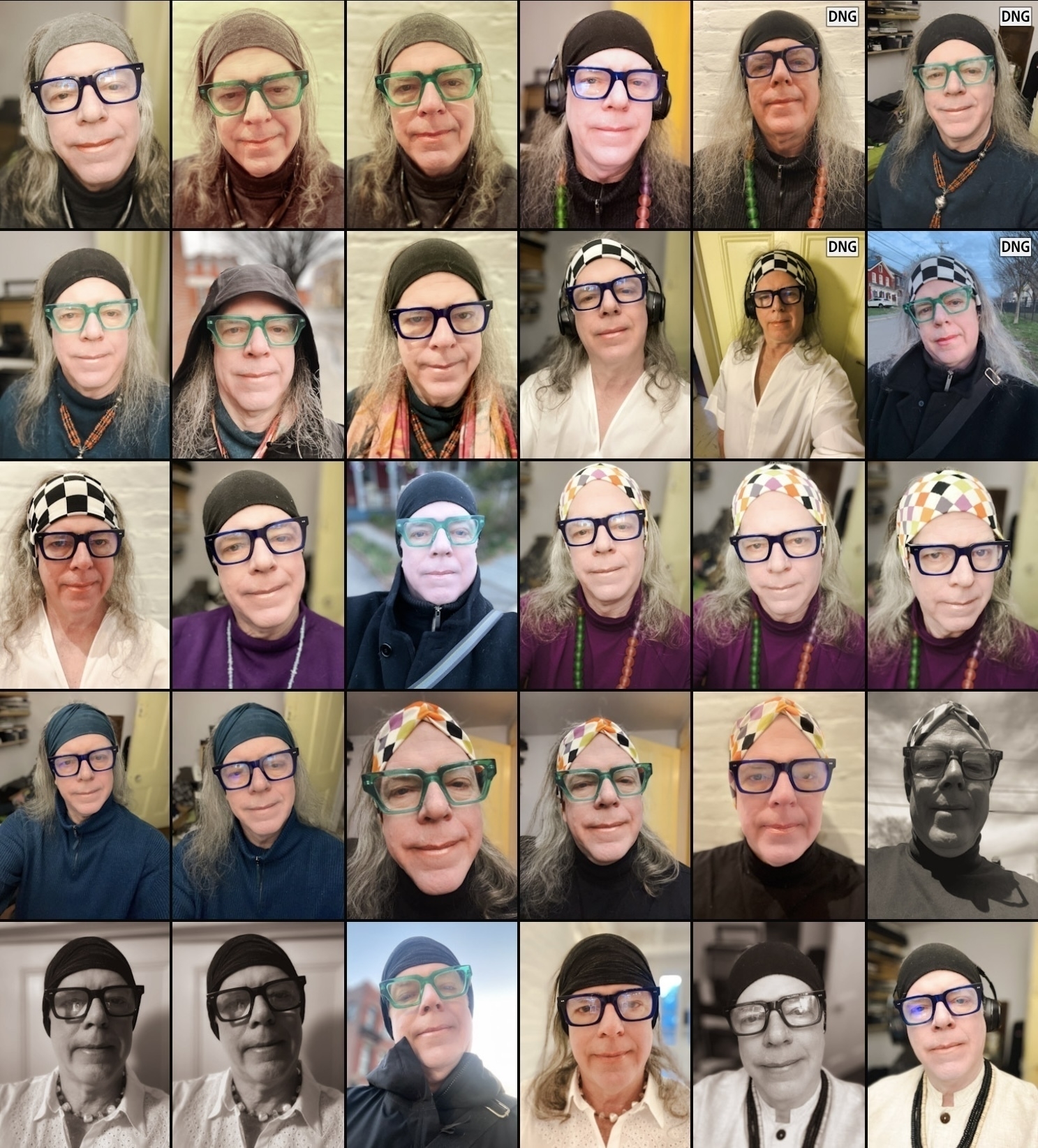I was going through my files, cleaning things up, and found this piece I wrote back in 2001 in the aftermath of the World Trade Center attack. It holds up pretty well as a representation of my Humanist thinking. I thought I would share it with you as a way to get my writing started up again.
During the first few weeks following the terrorist attack on the World Trade Center, I received hundreds of emails from friends, internet friends, and relatives. Among these messages were the frequent forwarding of thoughts, penned by others, that my mail connections thought I might find useful. Not unexpectedly, some of my connections believe in a God. One of them forwarded an email, author unknown, which they found comforting. The email started out this way:
I had a very dear friend question my faith in God right after the terrorist attack on America. Her question was simply put, “Where is your God today?”
She was very hurt, as all Americans were, so I tried not to react defensively. Since that moment, I have prayed and grieved over the disastrous events. However, I believe I have the answer. I know where my God was the morning of September 11, 2001!
He was busy!!
The note went on to describe the many things God was busy doing that day. According to the note, that many individuals were supposed to have boarded the four jets that would later be used in the attacks, but didn’t. Others were supposed to have been at wrk in the trade towers, but weren’t, having been delayed for one reason or another. Apparently, an act of divine will also held the mortally wounded towers up for an hour, allowing thousands to escape.
This note struck me. I saved it, as I did all messages related to the terrorist attack. I would find it difficult to defend my faith this way. I feel badly for everyone whose faith has been so severely challenged by the events of the past few months, that they are compelled to offer explanations like this one. Whether this particular defense of faith is a good one is not really the issue for me. I don’t share the author’s belief in God, so I don’t have to search for a better defense of faith. Even so, I can’t walk away feeling smug about my Humanist faith, which doesn’t have to contort itself in this way. In the aftermath of the events of September 11, anyone with faith of any kind has to ask and honestly answer this question:
Does my faith stand up?
A family member and I have been exchanging somewhat heated emails about patriotism. They find it difficult to understand how I can question my government’s role in creating a world situation that could make such acts of hostility a possibility. They find it difficult to accept my conviction that conflicts of any kind are rarely black and white in the rightness and wrongness of any side. I find it challenging to understand their unquestioning rally to the flag. It explains a little to know that this family member served in the armed forces and came of age during, and in the aftermath of, the Second World War. It explains a little to know that I came of age during and in the aftermath of the Vietnam War, and that I never served in the military.
At one point during those exchanges, I wrote something like the following:
I would have to believe there are many forms of patriotism. I have never been, and never will be, the “my country right or wrong” type. I recognize the incredible gift I have been given in being born in this country. I am proud of many of the things my country has accomplished. But I also recognize that blind, unquestioning love is not a good thing. Beyond city, beyond country, more than anything, I love people, most especially when they are at their finest. I love the police officers, firemen, and ordinary citizens who rushed to the aid of fellow human beings in the towers, many of whom lost their lives. I have a special place in my heart for Mayor Giuliani, who, more than any other public figure, rose to the occasion and let his people when they needed it most.
There was more, but I think you begin to get the point.
My love for people is not blind. I know that people are capable of both the best and the worst, a fact that has been profoundly confirmed by the events of September 11. But the core of my Humanist faith is that as horrible and misguided as the motives and actions of some can be, people, even sometimes those same horrible and misguided people, can be equally, and even surpassingly, good.
No deeply and honestly held faith is easy. World events continually challenge and force the reevaluation of every faith. Hard questions get asked. Humanists are spared the defense of a higher, all powerful, all knowing, supernatural being, whose actions, or failures to act, bring about such misery. But there are questions we must answer, too. If we believe in the worth and dignity of every human being, how do we reconcile this belief with the liked of Timothy McVeigh and Osama bin Laden? Would it ever be possible to act to elicit the best in them and ourselves? What should be our response to a Nation State that harbors and protects terrorists, allowing them, even encouraging them, to assault the innocent around the world? The answer in general terms is clear. The specifics can be troublesome. The answer is that we must respect whatever worth and dignity we find in others and ourselves, and act to preserve and enhance it. When we cannot readily identify worth and dignity in others, we at least have to act to preserve that which exists in ourselves. This applies to individuals, communities, and nations alike.
There was a news item about some youths, who in the days following the September 11 attacks, stormed into the restaurant of a man they deemed to be the enemy by proxy because of his Middle Eastern descent. They tore the place apart. The police caught the young men that same evening, but when asked to press charges, the restaurant owner declined. He couldn’t see how it would make things any better. A few hours later, the young men returned, apologized, and spent the night helping him to clean up the damage they had down. The owner clearly acted in a way that brought the best out in others.
There are times when there are no viable alternatives to a forceful, even violent response. An assault on our person, where the attacker means to do us bodily harm, must be met with a vigorous physical defense if retreat is not possible or would only invite further brutality at a later date. We are, at times, compelled to do harm before there is any chance of doing good. Our faith demands, however, that we understand when a forceful response is justified, and know that the good we can accomplish eventually is worth the bad we inevitably bring about in the short term. Humanists make it their business to act out of broad concern for humanity, rather than rage over any offense perpetrated against our community or ourselves. Humanist faith demands it.
Human beings are anything and everything but perfect. They are good and evil, right and wrong, lovable and hateful. They agree and disagree, fight and make up, make war and make peace. The only rational way I can handle this is through a humanist faith. I work hard to fulfill my own promise. I do my best to behave towards others in such a way that I demonstrate respect for their worth and dignity, and encourage, or at least not discourage or prevent, the fulfillment of their potential.
Humanists place their faith and optimism in the demonstrated capacity of people to do remarkable, even wonderful things. We believe in the worth and dignity of all living beings and seek to respect it. Our conviction is that we must conduct ourselves and the business of our institutions in such a way that we bring out the best in all.
